Article
Power Rangers: Zords, poses and the Japanese conquest of the West
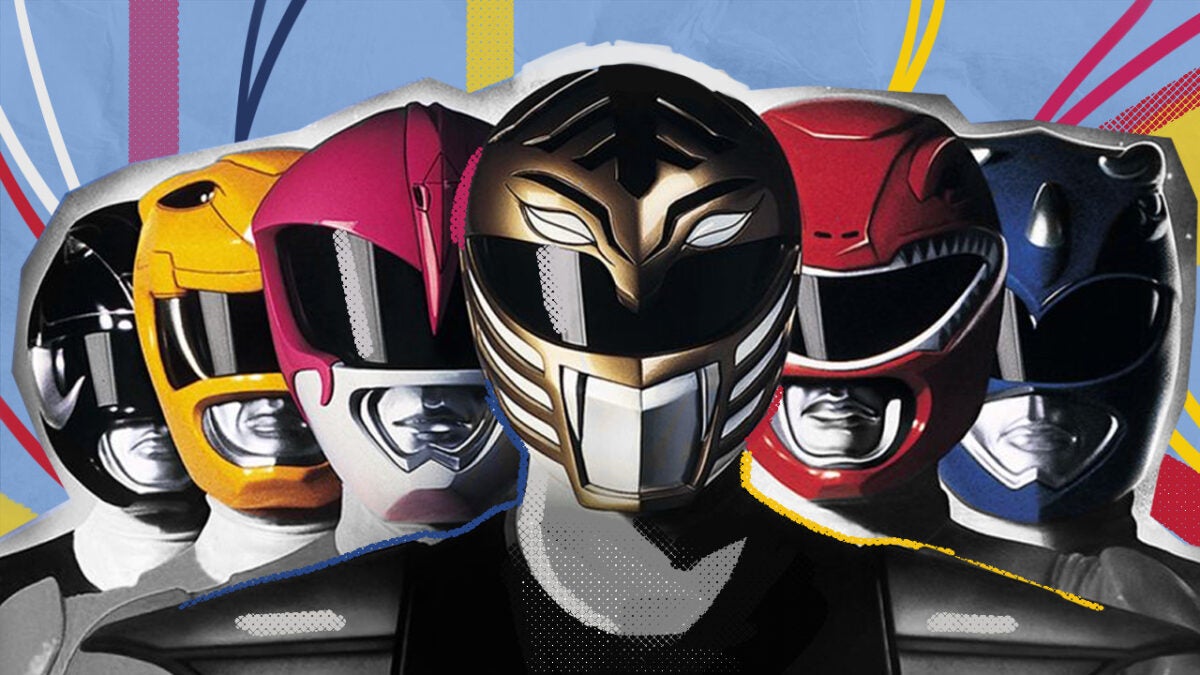
- January 20, 2023
- Updated: August 26, 2024 at 7:11 AM
The Power Rangers are back in fashion. It is somewhat strange to write this in the middle of 2023, when the cultural phenomenon of this series seems so past that not even reinventions like the 2017 film achieved the expected success. However, nostalgia is something cyclical and, on the occasion of the 30th anniversary of the fiction that conquered the world, Netflix will premiere Mighty Morphin Power Rangers: Once & Always, a documentary in which the original cast will meet again.
Looking back, especially those born between the eighties and nineties make our mouths water when we remember the Power Rangers. The snacks of nutella sandwiches while we watched the crew of a huge Zord is something that we retain in our memory like a hug from a loved one.
However, his success was not the gold goose that everyone believes. Rather, it was the product of the coincidence of the moment and the eternal insistence of a man to make the Japanese Super Sentai series succeed beyond Japan.
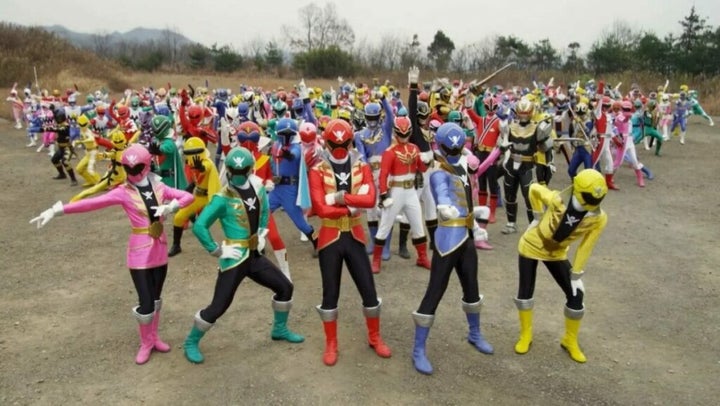
What is Super Sentai?
Before they were Power Rangers (and after they were, in fact), the team of helmeted heroes with funny poses had another name: Super Sentai. And to tell his story we have to go a bit far, specifically to World War II.
While in the United States they created Superman as a response to the war that was gripping the entire world, a symbol of self-improvement and power, in Japan they created Godzilla. For the Japanese, sunk in the most humiliating and disastrous defeat they had ever faced, the ravages of war (and especially the nuclear bombs of Hiroshima and Nagasaki) were little more than the footsteps and killing rays of a monster gigantic.
After WWII, Japan invented the kaiju, led by Godzilla and accompanied by other beasts such as Gamera and Daimajin. However, not everything could be so terrible, and along with them the Japanese superheroes arose; those capable of fighting against robots and gigantic creatures with hardly a ruffle.

Ultraman, Moonlight Mask or Kamen Rider gradually became the Japanese responses to the superheroes that were so fashionable in the fifties and sixties. The formula was priceless. On the one hand, they took the idea of American heroes, with special powers, flashy costumes and the goal of fighting evil above all else. And, on the other hand, they contributed their own peculiarities: maximum technology at the service of the heroes, masks that cause the complete anonymity of the characters and martial arts full of exaggerated poses that in the West seemed ridiculous.
All of these characters emerged as thinly disguised carbon copies of American superheroes. But, after going through the Japanese filter, they acquired their own personality and became irredeemable references for the entire country. And, among all of them, there was one (or rather, a group) that stood out above the rest: Sentai.
In 1975, the private channel TV Asashi broadcast the first chapter of Sentai, a series that presented a new team of superheroes. They were not very different from Ultraman and company, but the fact of being several warriors increased the interest of the public. Being a group of five characters (although depending on the season they have been more or less), anyone could be identified with one of them. In addition, the colors of their uniforms allowed a better representation of the spirit of each hero, and each one even had a personalized weapon.
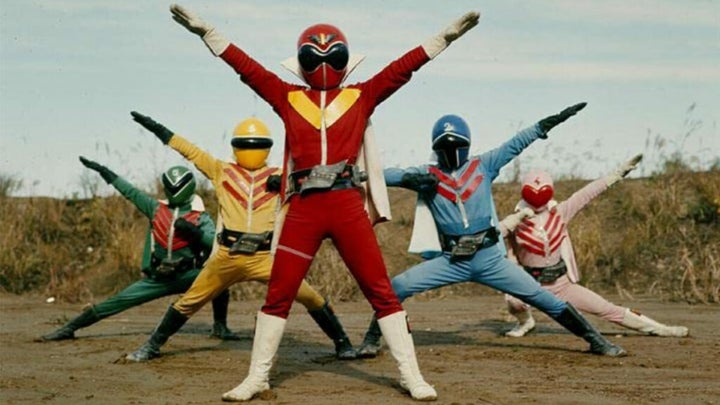
Such was the success of the first two seasons of Sentai (which literally translates as “fighting squadron”) that the series soon became Super Sentai, an evolution made in 1979 that took the inclusion of giant robots as an excuse. Not only did the enemies become creepy mechas, but the protagonists themselves got their own robot-driven robots.
With this incorporation, fiction created rules that it has maintained throughout its more than 40 seasons (and more than 2,000 episodes aired). Also, instead of maintaining a continuity throughout the series, Super Sentai began to renew its roster each season, from the main characters to the villains they face.
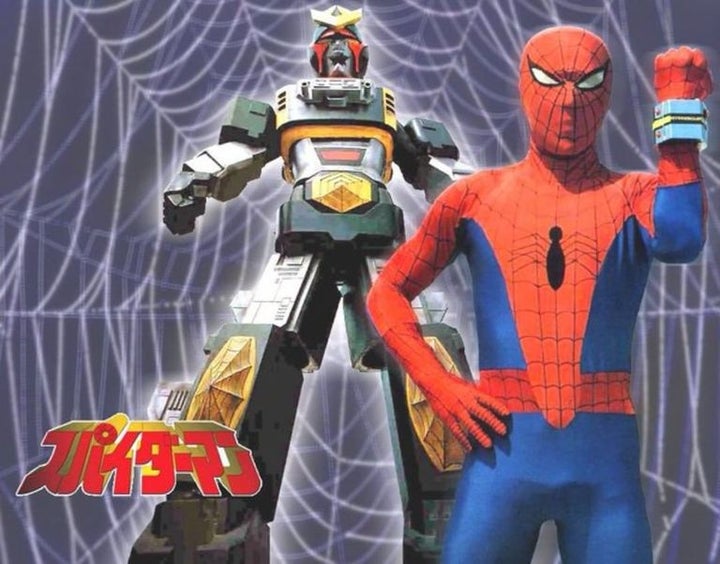
Supaidaman: the Japanese Spider-Man arrives
Super Sentai became an incredible success in Japan, even more than American superhero series and movies were in the West. Apart from the Superman movies, American heroes were not really catching on in the audiovisual world. So, in an effort to build on this strength and bring Super Sentai to the U.S., Marvel Comics and Toei Company reached an agreement in 1979.
The goal of both companies was to exchange ideas and concepts to adapt them to their own audience. Thus, Super Sentai could count on villains derived directly from Marvel and the new fictions of the American publisher could do the same with Super Sentai elements. However, the agreement resulted in something no one expected: Supaidaman, the Japanese Spider-Man.
Created in 1978, this series mixed the original origins of Spider-Man with other elements taken from Super Sentai. In this way, the Peter Parker of Tokyo had other types of powers and a giant robot called Leopardon. However, neither the fans of the superhero nor the Japanese audience liked the fiction, so it was soon canceled.

The odyssey to Mighty Morphin Power Rangers
The attempt to transfer the elements of Super Sentai to the United States was even more complex. After Supaidaman’s failure, the deal was put on hold until Haim Saban, a businessman who would eventually become the driving force behind the Power Rangers franchise, set his sights on Super Sentai.
Staying in a hotel in Japan in the middle of a business trip, Saban was blown away by the sight of five warriors battling evil in an utter display of special effects. He understood very little of what he was seeing, but it only took him a few minutes in front of the screen to know that it had enormous potential.
However, his struggle had only just begun. At the time, the Super Sentai that were all the rage were the eco-friendly Choudenshi Bioman series, so he got the rights to produce Bio-Man in 1985. Saban invested heavily in the pilot of a series that, according to the entrepreneur, could conquer the hearts of American children as it had already done with the Japanese. However, it was rejected by the country’s major television networks, so the project was shelved.
Three years after this happened, Saban’s company reached a peak after creating new television fiction. Its name changed from Saban Productions to Saban Entertainment, and it managed to succeed thanks to the development of series such as The Karate Kid, a precedent that foretold the success of its animated series X-Men or Spider-Man. Considering its good situation, Saban bet again on Super Sentai, but this time with a huge facelift.
Zords conquer America
Mighty Morphin Power Rangers landed on Fox Kids (Fox’s children’s channel, which later reached Spain and Latin America) on August 28, 1993. And, within days of its premiere, it became a global phenomenon. In every home there was a place for a Power Rangers doll and the kids soon made the series a ratings leader.
Despite its rethinking for the United States, Power Rangers foresaw a possible new flop, so it was approached in a way that would cost as little as possible. To that end, despite having Western casting, Power Rangers took hundreds of Super Sentai action scenes and incorporated them into their show. All they had to do was assemble them to fit the narrative of the episodes and dub them to maintain the voice of the original characters. Although the American and Japanese scripts had nothing to do with each other, the result was very similar in both stories, so it became an ideal strategy to cut costs.
That’s right, the people you saw in the American Power Rangers series (except for a few scenes) were the original Japanese actors. Their images were mixed with those of the American actors (unknown at the time) to create a strange but potential hybrid show.
When Power Rangers landed in the United States, it did so with an element that made the series more successful than it would have been otherwise: dinosaurs. Based on the Japanese Kyōryū Sentai Zyuranger, the first Power Rangers series to hit Fox had prehistoric animals as its main theme.

The Zords (giant robots with which they fought) that the heroes manipulated were shaped like dinosaurs, pterodactyls or mammoths. And it just so happened that in 1993, the same year that Mighty Morphin Power Rangers was released, Jurassic Park hit theaters around the world. It was the most revolutionary summer blockbuster of the decade and served to open a trend that lasted until the 2000s, when Disney’s Dinosaur was released. The Japanese series took advantage of the phenomenon and, being linked to Bandai, launched a line of toys to accompany the show.
On Christmas 1993, 1994 and 1995 —until the series ended in the US— millions of children around the world discovered action figures of the Power Rangers under their gift wrappers. Along with them used to come large dinosaur Zords that linked perfectly with the Jurassic Park dolls, and had great detail: from cardboard scenes that reproduced the series to interchangeable faces to go from “human” to Power Rangers.

Power Rangers: The Movie
As the seasons progressed, Bandai continued to release more Power Rangers toys, but these were just the tip of the iceberg for the phenomenon. In view of the success of the series, Saban decided to finance a movie about the series: Mighty Morphin Power Rangers: The Movie.
Released in June 1995, the film was a moderate success at its premiere, as only US$15 million had been invested in it. But when it arrived two years later in Spain, Latin America and Brazil, the phenomenon spread to unsuspected levels. Tickets were sold out in the first weekend and, during the first month, it became the most watched film in the box office. Beyond its limited success in the United States, Power Rangers had just proved that it was a global phenomenon.
Far from sticking to the original series, the feature film took place outside the continuity of the series and, instead of recycling Super Sentai footage, all scenes were shot especially for the film. This helped launch the careers of the leading actors, and served to continue exploring Power Rangers in new seasons and projects.
After ten seasons, Disney did what it usually does with every children’s hit: buy it. Starting with the 27th episode of Power Rangers Wild Force, the series went to air on ABC Kids instead of Fox Kids, and stayed that way, without much fanfare, until Haim Saban reacquired the franchise in 2010. Since that time, Power Rangers has continued to air on Nickelodeon, but has now been revitalized stronger than ever.
This article is based on a chapter of the book, by the same author, Tamagotchi Effect.
Cultural journalist specialized in film, series, comics, video games, and everything your parents tried to keep you away from during your childhood. Also an aspiring film director, screenwriter, and professional troublemaker.
Latest from Juan Carlos Saloz
- Is the universe of Spider-Man villains from Sony coming to an end? Everything seems to indicate that the nightmare is over
- One Hundred Years of Solitude comes to Netflix, but does it live up to expectations?
- One of the most acclaimed horror directors of recent years will soon have a series on Prime Video
- The most controversial superhero movie of the year arrives on streaming
You may also like

Does Microsoft want to invest in Bitcoin? Shareholders say no, but there's a lot to tell
Read more
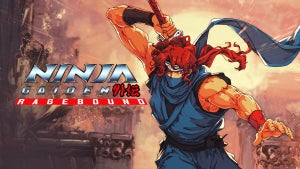
The Game Awards 2024—This is how incredible Ninja Gaiden: Ragebound looks
Read more

Zenless Zone Zero has a big announcement at The Game Awards: a new character
Read more

Apple Intelligence comes to Apple's office suite: Pages, Numbers, and Keynote are updated with these new features
Read more

Mail categories in iOS 18.2: what they are, how to use them, and what we can do if they don't appear
Read more

Get your PS5 ready: We have a new Astro Bot update
Read more